Human activity is overloading our atmosphere with carbon dioxide and other global warming emissions. These gases act like a blanket trapping heat. The result is a web of significant and harmful impacts from stronger, more frequent storms to drought, sea-level rise, and extinction. Therefore, we’re betting on green energy’s top two producers to break our dependence on fossil fuels. These green methods of production allow us to harness the power of free, never-depleting sources of energy such as the sun and the wind while creating zero carbon emissions. But you must be wondering: what is the difference between solar energy and wind energy? Read on to this new blog in Linquip to find out.
What Is Solar Energy?
Solar energy generally makes use of the sun to generate electricity. To be more specific, solar power makes use of either the sun’s heat or the sun’s light, depending on the technologies used.
The technology that uses the sun’s heat is called the Concentrating Solar Thermal Power (CSP) System which uses mirrors and lenses to focus the sun’s light energy and convert it to heat. The heat creates steam which will turn a turbine creating energy.
On the other hand, solar power can also make use of another technology called Photovoltaic (PV) technology. Compared to CSP, PV modules are used to absorb sunlight, knock electrons loose, and let the loose electrons flow, which will allow a current to be created and captured then transferred into wires.
Solar Energy Advantages
Solar energy comes with a rather impressive list of advantages which are as follows.
- The sun is everywhere, so technically any place is a good place for a solar installation.
- Solar energy provides two choices of how you want to use the sun: you can either opt to use the heat (CSP) or the light (PV).
- While solar systems take up land space, they don’t always have to. Panels can be mounted on rooftops, making them well suited for urban areas.
- Rooftop solar also lends itself to distributed generation, as opposed to centralized, making for a more diverse and resilient electric grid.
- The technologies of solar power are silent in operation, which makes it ideal for more populated areas.
- Solar power technologies do not require a lot of maintenance. You just need to keep them relatively clean from time to time.
- Solar energy is easy to generate and transport.
- Panels work in cold climates, as air temperature does not matter as long as the panels are catching rays.
- Home rooftop panels can reduce a homeowner’s electricity costs. During a heatwave, when energy loads are high, this would definitely be an advantage.
- Once you install the panels, power generation is nearly free. You do not have to pay a penny for sunshine.
- Solar energy is renewable and will not deplete over time.
- Solar panels are reliable, with a warranty of 25 years.
- Solar panels can be installed quickly with minimal cables
- You can sell any excess energy created by your solar panels to utility companies.
Solar Energy Disadvantages
Even though solar power is generally advantageous, it still does have a few disadvantages on its side which are listed below.
- Solar energy cannot be produced at night or in cloudy regions.
- The efficiency of solar panels is affected by the direction in which your panels are installed. Not all roofs have the orientation or angle to collect the sun’s energy.
- Despite falling solar panel prices, the upfront costs can be expensive.
- The energy which you are not using right away needs to be stored in batteries which can be expensive
- Although it is possible to use solar power when there is little to no sun through the use of CSP systems, CSP systems are far more expensive than the other solar technology that is PV. So, CSP is a less attractive option than PV, and not a lot of people go for it.
- Most solar panels only convert 14% of their available energy to power. Sometimes, at its highest rate, up to 22%. If you really want to take that percentage higher, then you would need a larger area for installation than what you already have.
What Is Wind Energy?
Wind energy is caused by a combination of three simultaneous events:
- The sun unevenly heating the atmosphere.
- The irregularities of the earth’s surface.
- The rotation of the earth.
Besides, wind power makes use of wind turbines to convert the kinetic energy from the wind into mechanical power. The wind pushes the blades into motion, which turns a shaft. This chain of motion eventually leads to a generator that makes electricity. The electricity then travels down the stem of the turbine and is taken to transmission lines to be transported and distributed to customers.
Wind Energy Advantages
Wind energy has many advantages that are mentioned below.
- Wind energy can be harnessed day or night.
- Wind energy is a clean fuel source, meaning it does not pollute the air like power plants that rely on the combustion of fossil fuels.
- Wind turbines can transform over half of the wind that passes through them into usable energy. In other words, the largest of the wind turbines can generate enough electricity to power 600 homes.
- Wind turbines will work in whatever direction they are facing
- Wind turbines can be built both on and offshore.
- Wind power is cost-effective and costs nothing to produce.
- It is a domestic source of energy, and the nation’s wind supply is abundant.
- Wind turbines can be built on farms and ranches, so leasing available land can become a source of income in rural areas while the owners can still use the land for other purposes.
Wind Energy Disadvantages
Here are some of the disadvantages of wind energy.
- The wind is an intermittent source of energy meaning it will not always be moving fast enough to turn a turbine, or maybe too fast to use the turbine without causing it damage, that is why you need renewable energy from multiple sources.
- Wind turbines need to have regular, fairly expensive, maintenance because of the moving parts and can only be done by specialized individuals.
- Wind turbines are susceptible to damage from lightning and wind.
- Turbines can harm or kill flying wildlife, including birds and bats.
- Wind turbines make noise that is why they are less ideal for residential use. Besides, your home turbine may be frowned upon by neighbors, your homeowner’s association, or even your city.
- Wind turbines can take up a lot of space, away from any tall buildings or trees since they need to be so tall to harness wind energy they are seen as a form of visual pollution to some.
- Since wind farms are typically located in remote regions, transmission lines must be built to bring electricity to populated areas.
The Difference Between Solar Energy and Wind energy
There are a number of important factors to consider when choosing between solar energy and wind energy. These factors are explained below.
Efficiency
The efficiency of solar panels is dependent on how well they can convert sunlight into usable electricity. The most efficient solar panels you can buy will be able to convert about 22% of energy harnessed from sunlight into actual electrical energy, which does not sound like a lot.
Wind turbines, however, can convert up to 60% of the energy they harness from the wind into usable electrical energy. To give this some perspective, a single wind turbine generates the same amount of electricity as hundreds, or even thousands, of solar panels although the size of the wind turbine will affect this.
Maintenance
Standard solar panels really are low maintenance. You will probably have to check the connections on an annual basis. That could include cleaning the panels and tightening a few bolts. But even if you let the maintenance go, you are probably going to be okay since solar panels have no moving parts.
A wind turbine does have moving parts which is a fan that is generating the electrical current. That is why wind turbines require a lot of specialized maintenance.
Installation
Solar panels can be installed almost anywhere. Some opt for a ground installation. Most will install on their rooftops. Wherever there is a location facing the sun, you can install solar panels. You could put them on poles, or even on the side of a building. The options are pretty much endless, and you are going to get a reliable electrical current from it.
Wind turbines are much less flexible. In many urban environments, there are laws in place for maximum heights for structures. And typically, there are just too many things in town that will block the wind. That is why it is much more typical to see wind turbines out in the country. The average wind in a rural area far exceeds the wind in an urban area. So your installation will likely need to be outside of town.
Predictable output
Solar energy is fairly predictable. If the sun is out and your panels are placed properly, you are going to get your energy generation. In many areas, sunshine is much more predictable than wind. In that case, solar energy makes more sense.
On the other hand, there are plenty of areas where windy days are more common than sunny days, especially during certain times of the year. In those cases, a wind turbine is going to be more sensible.
You will need to consider the location and the climate before making a definitive choice here.
Noise pollution
Solar panels do not give off any noise pollution. They are stationary panels, and they are silent during operation. If noise is at all a concern for you, go with solar panels. Wind turbines can be much different. If you are dealing with higher wind speeds, turbines can get quite loud. Smaller turbines in particular, at high speeds, can be as loud as a lawnmower.
Cost
Per kWh, solar panels are cheaper than wind turbines. Not only is solar a cheaper way to generate power but solar costs less when it comes to long-term maintenance because wind turbines will require more upkeep due to their many moving parts, which are more prone to breaking.
Conclusion
To conclude, both solar energy and wind energy are great alternative sources of energy. They have their own strengths and weaknesses. It will simply be up to us on how to maximize them to their potential. So, to ensure you make the best choice, you should always look at the details of your renewable energy plan and get an understanding of what you will be paying each month, as well as the impact your choices will have on the surrounding environment.
So this is everything you need to know about the difference between solar energy and wind energy. Now that you know what makes them different, let us know what you think by leaving a reply in the comment section. We will be more than glad to have your viewpoint on the article. Is there any question we can help you through? Feel free to sign up on the Linquip website where our experts are prepared to provide you with the most professional advice.
Buy Equipment or Ask for a Service
By using Linquip RFQ Service, you can expect to receive quotations from various suppliers across multiple industries and regions.
Click Here to Request a Quotation From Suppliers and Service Providers
Read More on Linquip
- Non-techie Guide To The Difference Between Solar Cell and Solar Panel
- Examples of Wind Energy: 2021 Ultimate Guide
- Is Wind Energy Renewable or Nonrenewable?
- Types of Solar Energy: Learn the Basics, Get the Most Out of It!
- How Solar Energy Works?
- All You Need to Know About Solar Companies
- Recessions & Solar Panel Shortages-What’s The Connection?
- Extend Battery Life Of Solar Power System: Tips From Experts
- Why Are Solar Panels Efficient?
- Top 10 Solar Panel Companies and Manufacturers in the US in 2023
- What is the Difference Between Solar Cell and Solar Panel?
- Is Solar Energy Renewable or Nonrenewable: A Clear Answer
- Advantages of Solar Energy and Why You Should Switch Into Solar Panels
- Disadvantages of Solar Energy and Why You Need to Know Them
- Types of Solar Energy: Learn the Basics, Get the Most Out of It!
- Wind Energy Advantages and Disadvantages Fully Explained

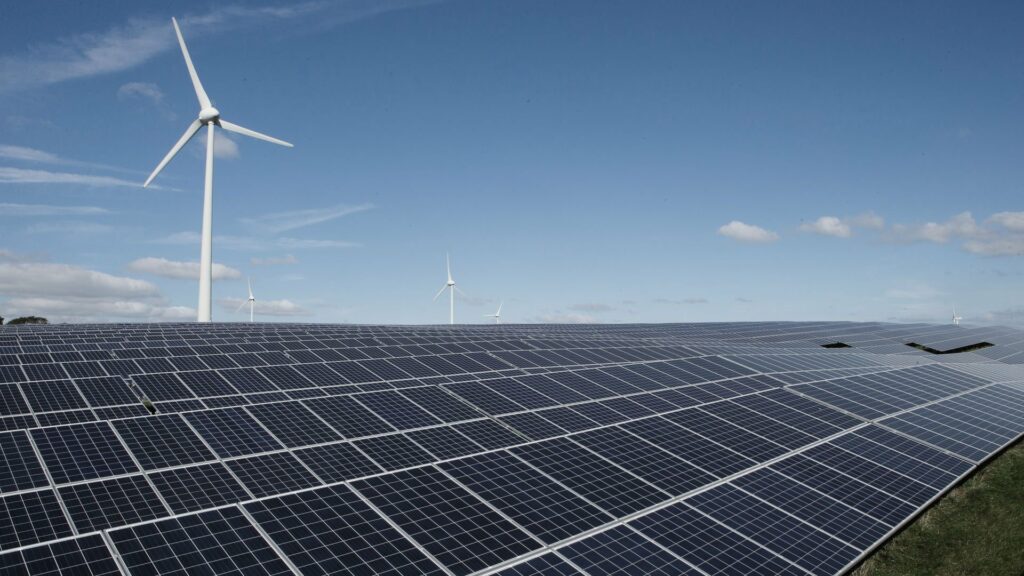
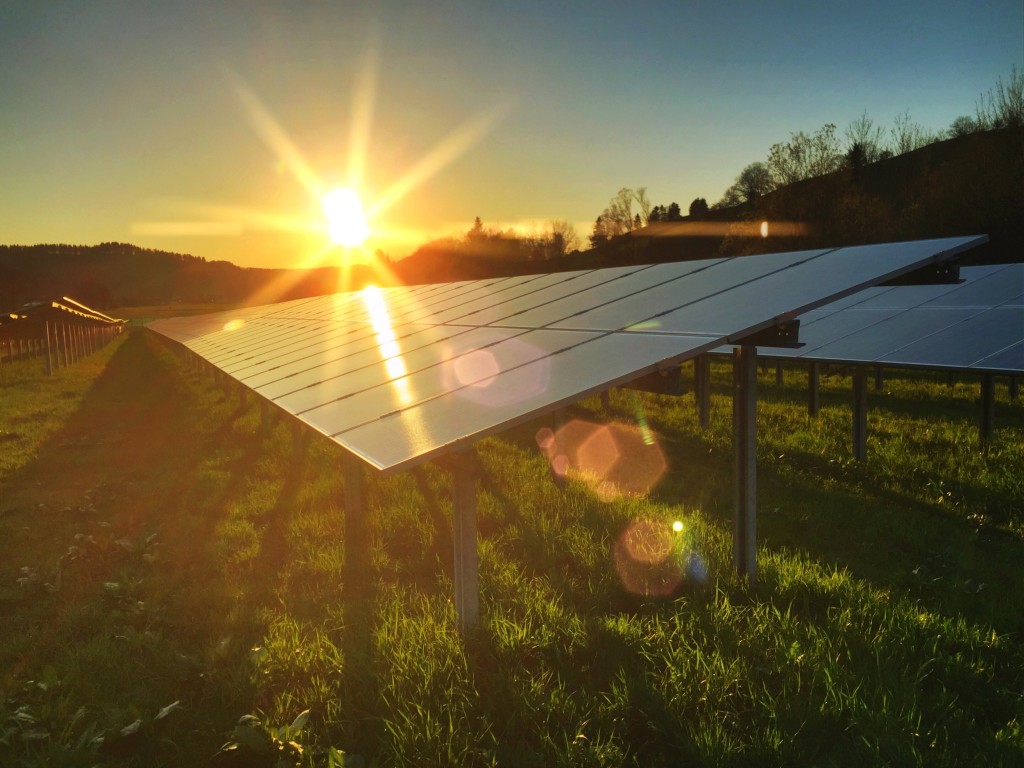
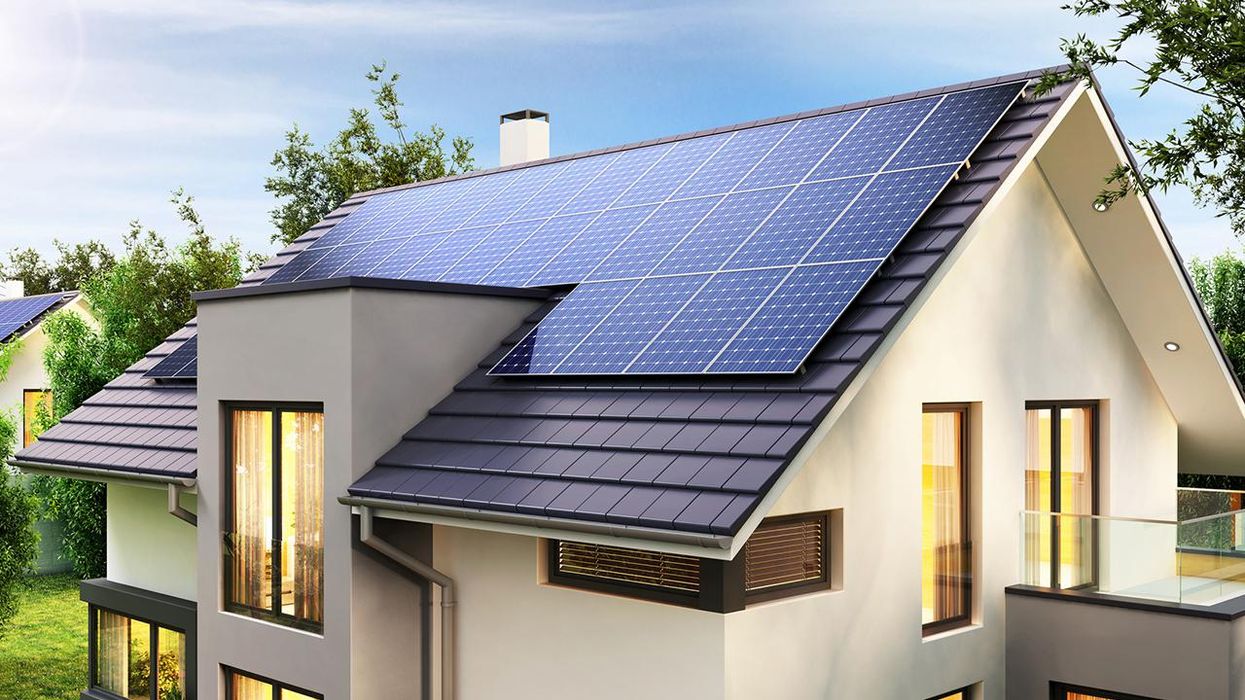
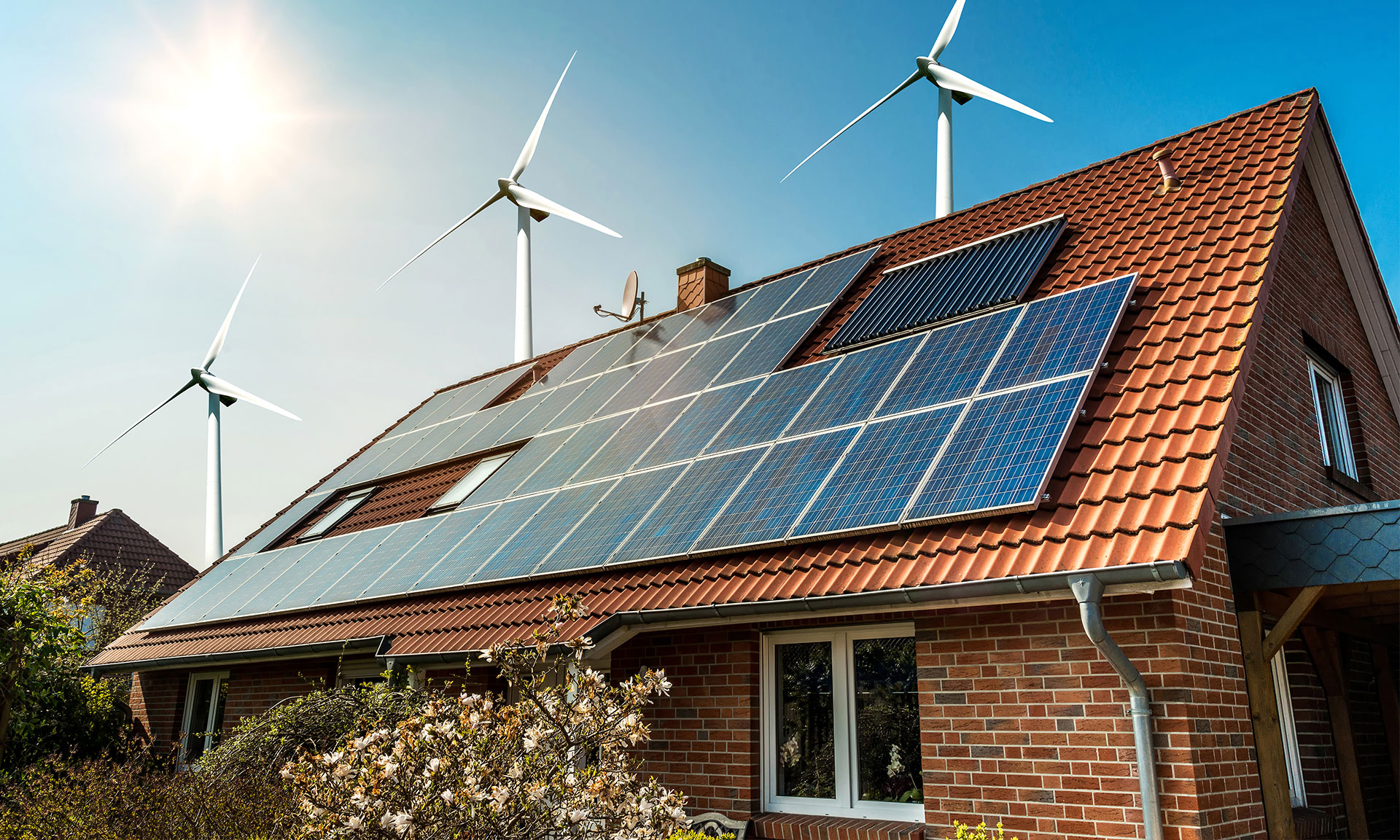

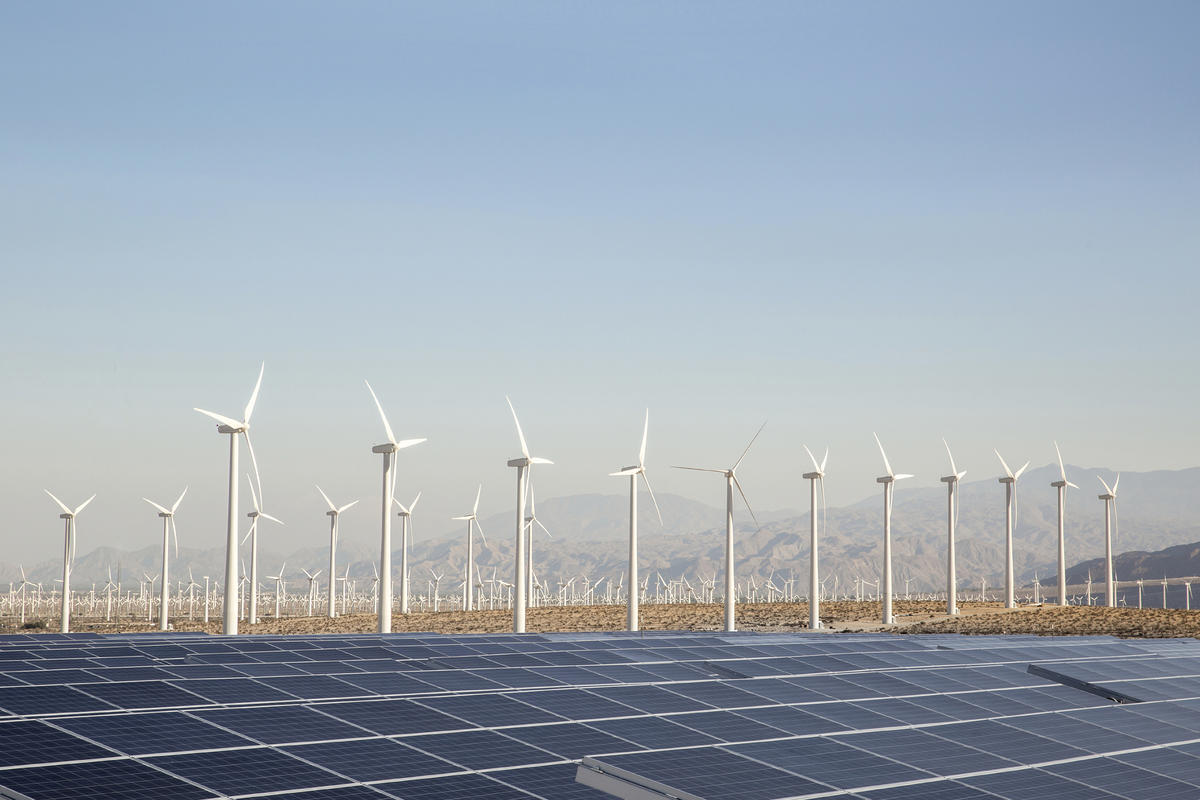
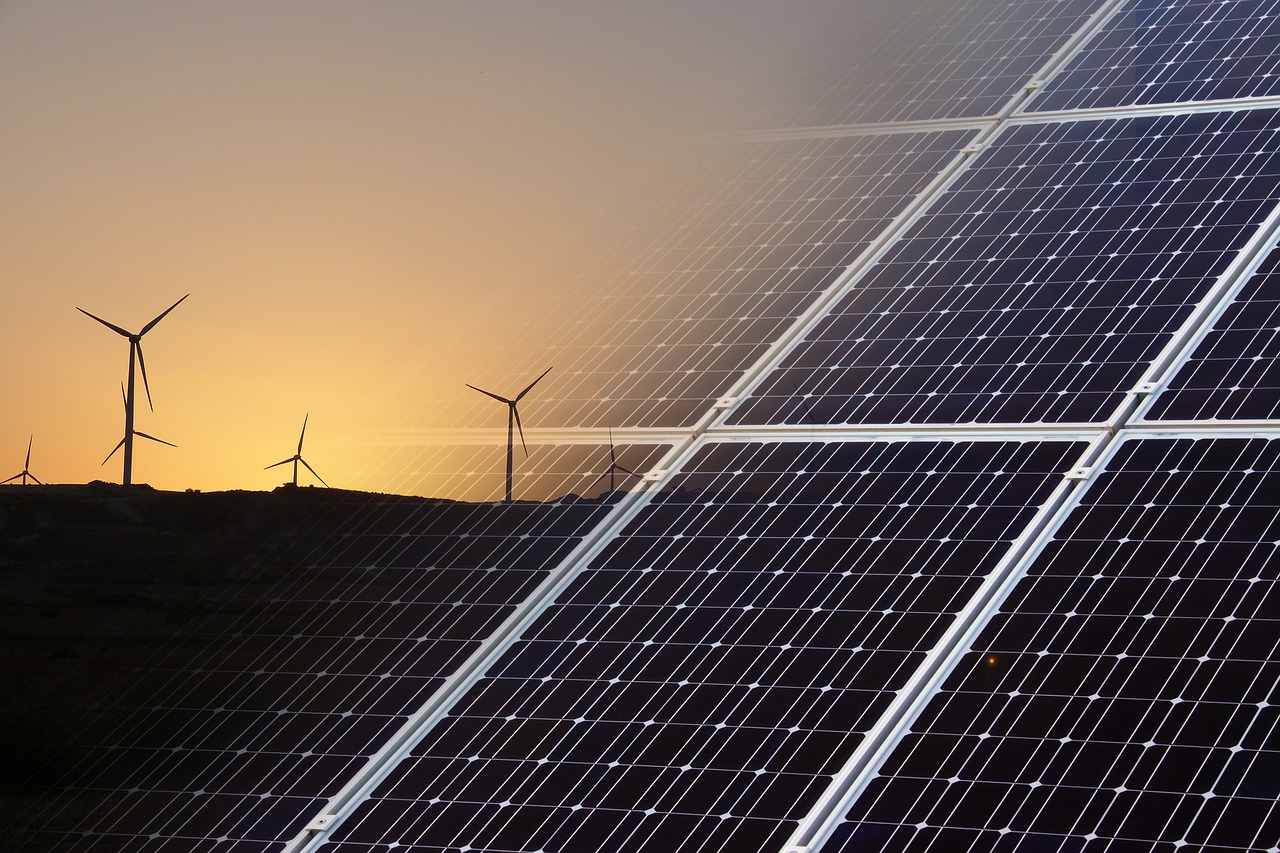
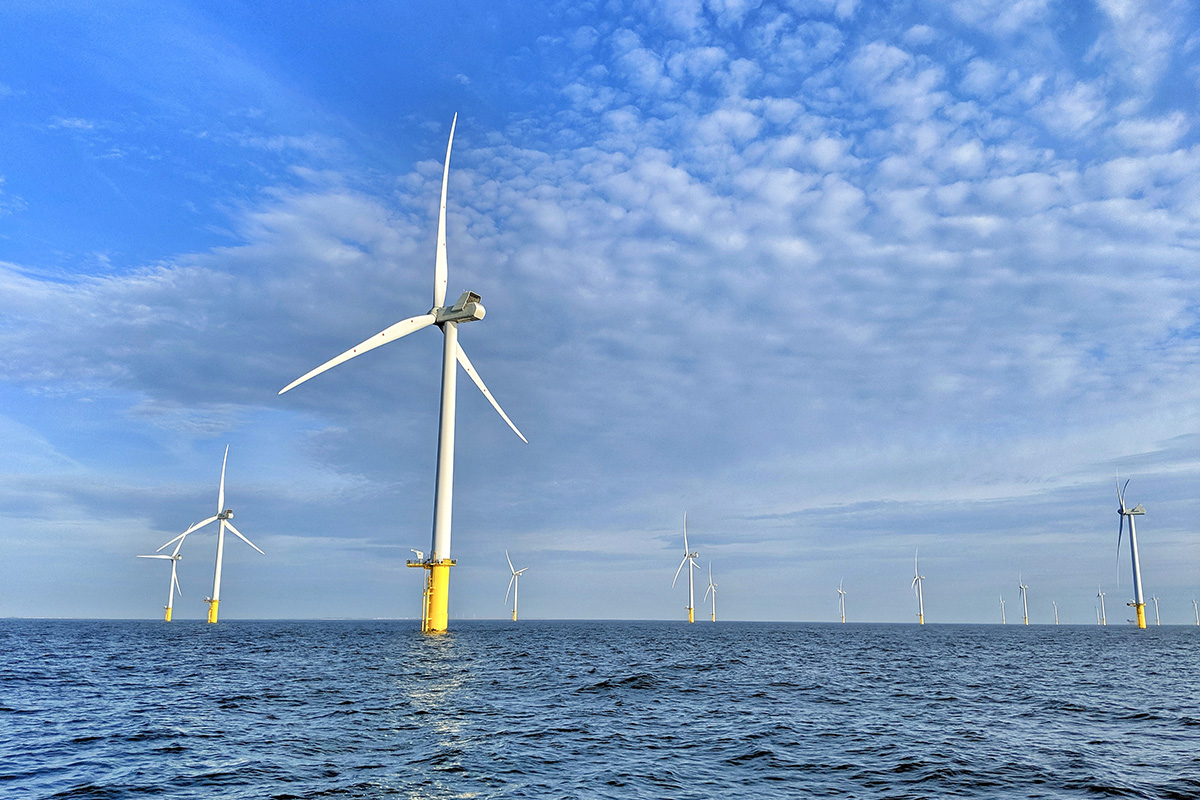


After reading my concept is clear thanks
Thanks for visiting our website, Irfan!
Thank you for this education. I am interested in green energy. Can it also be appropriate to talk about the waveform/ pattern and it’s implications on use . I know solar panels produce DC current, am not too sure about wind energy. Most of our electric equipment and gadgets use AC current and therefore , this pv energy need to be converted to ac.for usage.
Thanks for visiting our website, Andrew! You are also encouraged to visit our other related posts. You can also visit Linquip platform, where you can find thousands of equipment, companies, and experts.
Very valuable information, Thank you.
Thanks for visiting our website and leaving your comment, Felicia! You are encouraged to visit Linquip Tech News, where you can find similar posts.